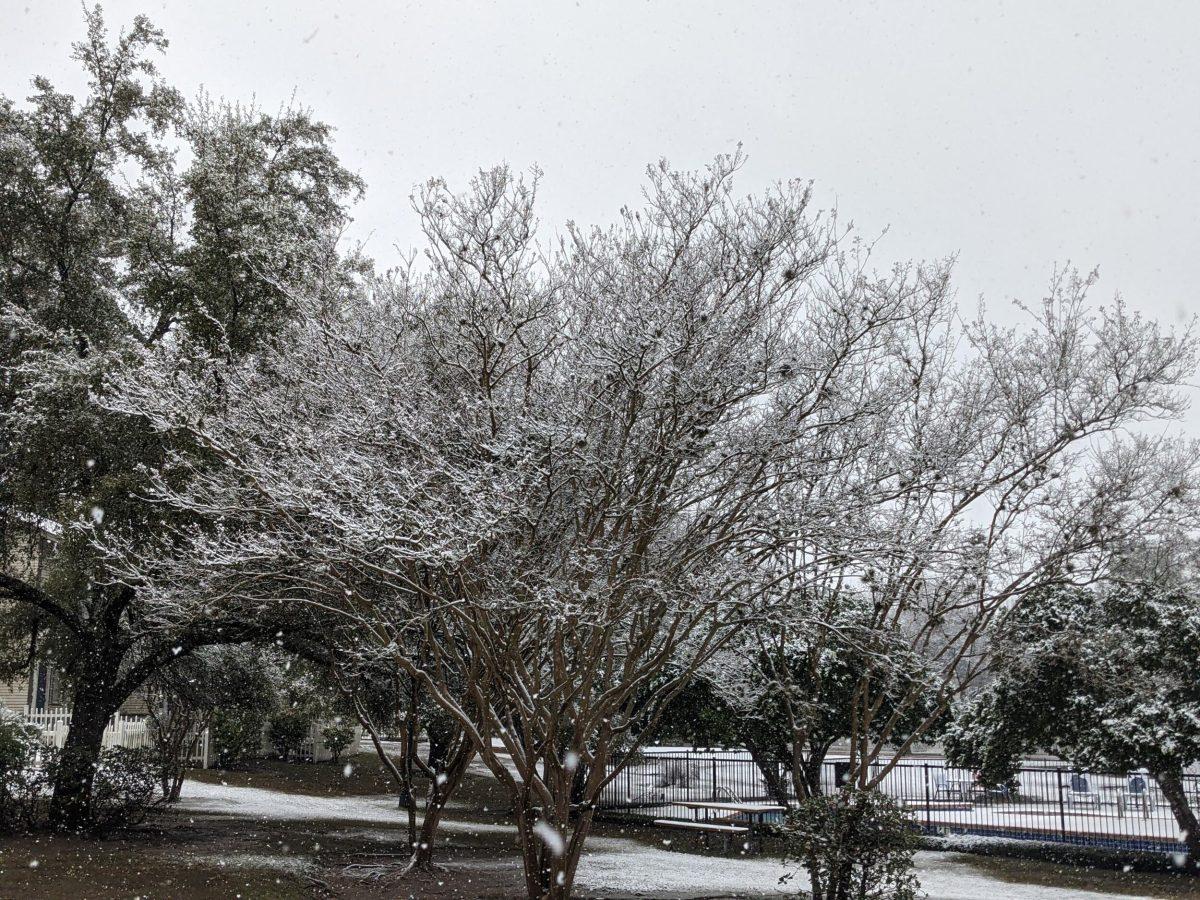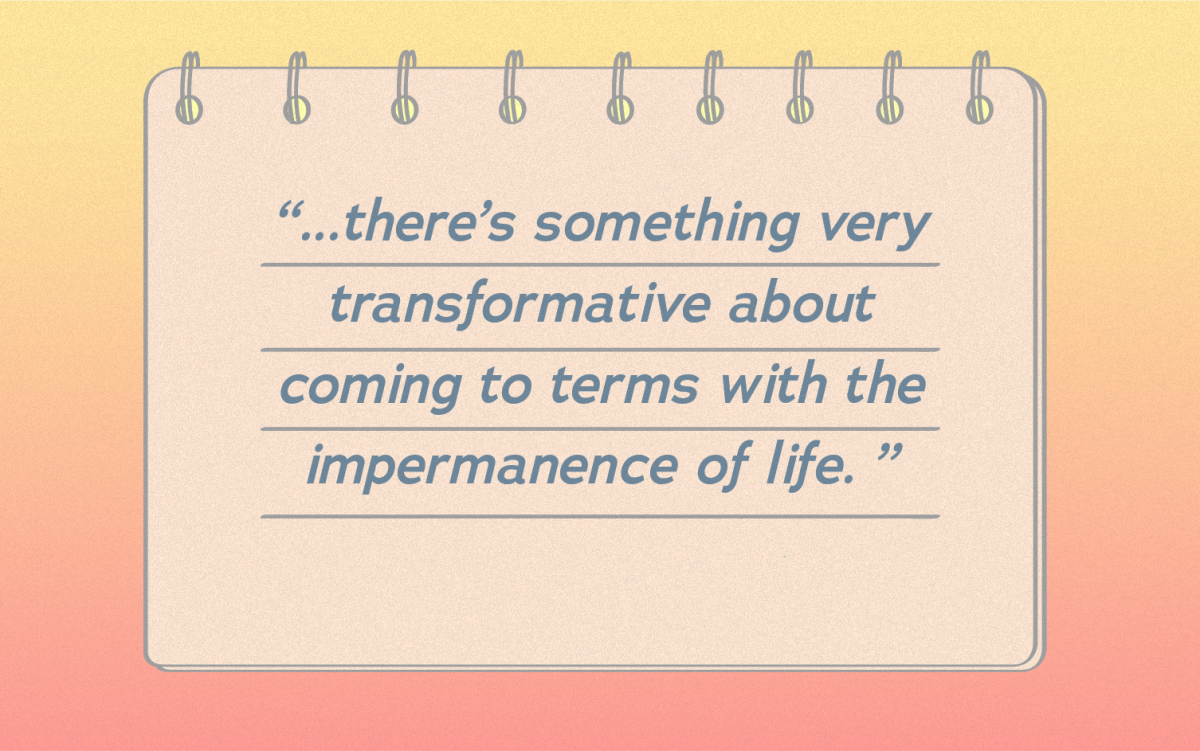At South By Southwest, I attended a panel during the Interactive portion of the festival about Instagramming the News. The panel featured three professionals in photojournalism and photography technology: Dan Toffey, the Community Manager of Instagram, Associated Press Chief Photographer David Guttenfelder and Time Magazine’s Director of Photography, Kira Pollack. Toffey, Guttenfelder and Pollack covered a variety of topics concerning news-related posts on Instagram accounts. Toffey mainly talked about the general use of Instagram for photojournalism and how the company has seen this type of posting develop. Guttenfelder and Pollack focused on how the social media site has changed their respective publications’ use of photos and event coverage, as well as how Instagram has broadened their viewer platform. I gleaned many important tips from their presentation, however one fact hit me hard and has made a home at the forefront of my mind for many weeks now: Guttenfelder and Pollack both follow citizens in the U.S. and different countries — normal, everyday, not-so-prominent figures — to find out where the news is.
By Jane Claire Hervey
Guttenfelder (@dguttenfelder) said that before the situation in Syria exploded, he went on Instagram and looked for photos from the country, following accounts that posted newsworthy information. One of these accounts, @syriandeveloper, became important in Guttenfelder’s search for the news over the next couple of months. As protests turned to violence in Syria, Guttenfelder watched many of these events unfold through the Instagram chronicles of @syriandeveloper, whom someone could call a “citizen journalist.” “I was brought along to this person’s existence he was sharing,” Guttenfelder said. And that he was. Much like the primary sources we are asked to find when reporting a story for a class, Guttenfelder had indirectly found a viable source of information on the crisis in Syria.
Pollack reiterated this, noting that getting photographers to Syria is difficult and unsafe: “The Syria story is very under-reported. It’s seriously dangerous to cover that story.” She also highlighted a couple of newsfeeds she follows herself, including @greggboydston (a firefighter in Oregon) and @satyaar (a photographer in Iran). “As an editor, you are finding talent in places that you may not know,” she said. And that talent comes from a different lens, too. Many of the accounts she said she follows post photos taken by iPhones. According to Pollack, Time posts iPhone photos, as well. During Hurricane Sandy, Time assigned five iPhone photographers as a part of an “interesting experiment” to cover the storm. With the password to Time’s Instagram, the photographers posted photos without filters — without the filter of an editor AND the filters provided by Instagram. Although these photos lacked the best lighting (the power grid went out in NYC) and pixel quality, the Time Magazine account gained around 12,000 followers with this coverage.
Pollack and Guttenfelder offered up many more anecdotes about their Instagram accounts, but these two in particular sparked a conversation (with myself) that would come to fruition later when I published my reflection on the SXSW crash (if you have not read it, feel free to click this link; the rest of this piece will make more sense). Many of the people who commented on my op-ed (they brought excellent points to the table) noted that the photographer I mentioned was just doing his job. Before I open another can of worms, I would like to restate that I was never questioning the photographer’s humanity as a person, but rather the actual necessity of his job at that moment (and perhaps what that ethically represents or does not represent for others in the profession).
Also, I am not the first one to suggest this, so consider the following paragraphs as an analyzed regurgitation of my own thoughts and things I have learned from peers, mentors and respected professionals in the journalism industry.
With the input I have received, I think I can make a broader analysis, or critique, if you will, of professional journalism, and how it relates to citizen journalism, from a less emotional standpoint.
Social media has changed the way we do things. Although only around for a couple of years as a dynamic force of social interaction, many publications (as evidenced by Guttenfelder’s and Pollack’s stories) have changed their strategies to best use the Internet and social media applications to their advantage. Tweets, in all of their 140-character glory, have made news writing less of a commodity for readers (sorry, folks! It hurts me, too). The logarithms of Facebook and the “likes” animal have determined who reads what. No matter how I spin it, no one can argue that things are not different.
This change is also readily visible in the availability of journalism careers. Newsrooms have dwindled in size, yet Internet jobs and information consumption are on the rise.
There is obviously a market we, as journalists, have not tapped into yet.
And yes, when I say “market,” I mean market. To get people to read the news from any one specific publication, considering the oversaturation of information on the Internet, that publication has to brand. That publication has to engage an audience. That publication has to appeal to its audience. That publication has to literally sell the news.
Which seems discouraging and daunting, to be honest. A few of my professors have proposed that the government should make journalism a protected, federally funded social service, but I do not think that will happen anytime soon.
No, we have to adapt.
But how do we adapt? Why are newsrooms still closing? What are we missing?
I think we are missing one vital thing — the community. No longer does the publishing barrier stand between journalist and citizen. Everyone has a platform. Everyone has an audience. Each personal feed is its own stream of news. The social media user, depending on whom he/she follows and what he/she likes, determines what is newsworthy for him/herself.
I do not think the job of a journalist has become obsolete. Rather, I am affirming the opposite: Journalists are important now more than ever, but the job description is changing.
By taking photos with iPhones and interacting with other users on social media, Time Magazine gained 12,000 followers from its coverage of Hurricane Sandy on Instagram — 12,000 followers that are more likely to become readers.
Guttenfelder finds out what’s important by following everyday people and interacting with them. His followers on Instagram have increased from 100 last year to more than 320,000 today.
Maybe our jobs as journalists require something different now. Maybe being on the scene, having the best camera and making sure our story — the one we want to tell — gets out is no longer what it takes. Maybe we should repost more, reblog more, retweet more, follow more. As much as I hate to say it, citizens have become the be-all and end-all voice on what “trends.” Translated — social media users determine what is news.
To clarify, accuracy and truthful reporting, with the ethics and analysis a trained journalist can offer, are vital. We should not give that up, but our strategy should change. Instead of writing to the culture of social media trends, i.e. Miley Cyrus click bait, to keep our advertisers, we should make readers care in a different way. If we demand citizen participation, we could create a supply. If we interacted with the community, maybe they would interact with us. If we wrote in a way that included citizen journalism, maybe people would want to share with us more, instead of shutting what we think is important out.
Think about BuzzFeed. It funnels out what the Internet funnels in, and it’s thriving.
The news we need to funnel out is there, too. We just haven’t found it yet (or cultivated an audience willing to post it).
With more and more sources, the news we report would only get more accurate. This does not mean we should take everything everyone posts on the Internet at face value. We should still investigate. We should still be careful. We should still practice the fundamental basics. We have to keep doing these things, because we know the news is important. The truth is important.
We just need to get people to read.
My mom has always said that I can’t control other people: I can’t control what they like, what they don’t like, what they say, what they don’t say. If I want things to change, I can only control myself. We can’t control the Internet. We can’t control what people read. We can only control the way we write. We can only control the way we do things.
Yes, we should still send reporters to cover events and breaking news.
Yes, we should still cover politics and war and crime (and other “uninteresting” things that many of us may think no one cares about anymore).
Yes, we are still important, but citizen journalism has become all the more important, too. We are no longer the only ones with bylines; anyone can get a Twitter handle. Our sources for stories might no longer be a series of quotes in between one- to two-sentence transitions. They might be tweets. They might be Instagram photos. They might be videos on YouTube. They might be Facebook posts. They might be Vines.
It scares me, but I think we need more of that.
Us “millennials” spent our formative pre-teen and high school years on social media. We had MySpace, then we graduated to Facebook, and now Twitter (but never Google+ — never Google+). The way we interact online is here to stay. If we made news a participatory venture, we might not lose our jobs. We might just get them back.
What does that mean for us? What should we do now?
I’m not sure. Mainly because I don’t know everything (or anything, sometimes). I don’t have all of the answers, and I know plenty of smart people, with an immense amount of experience, who know a lot more than I probably ever will.
But I think we should experiment.
I’m not saying we’re doing it wrong. But maybe we’re just not doing it right.











































servidores dedicados • Aug 29, 2014 at 7:24 pm
Pretty nice post. I just stumbled upon your blog and wanted to say that I’ve really enjoyed surfing around your blog posts.In any case I will be subscribing to your rss feed and
I hope you write again soon!